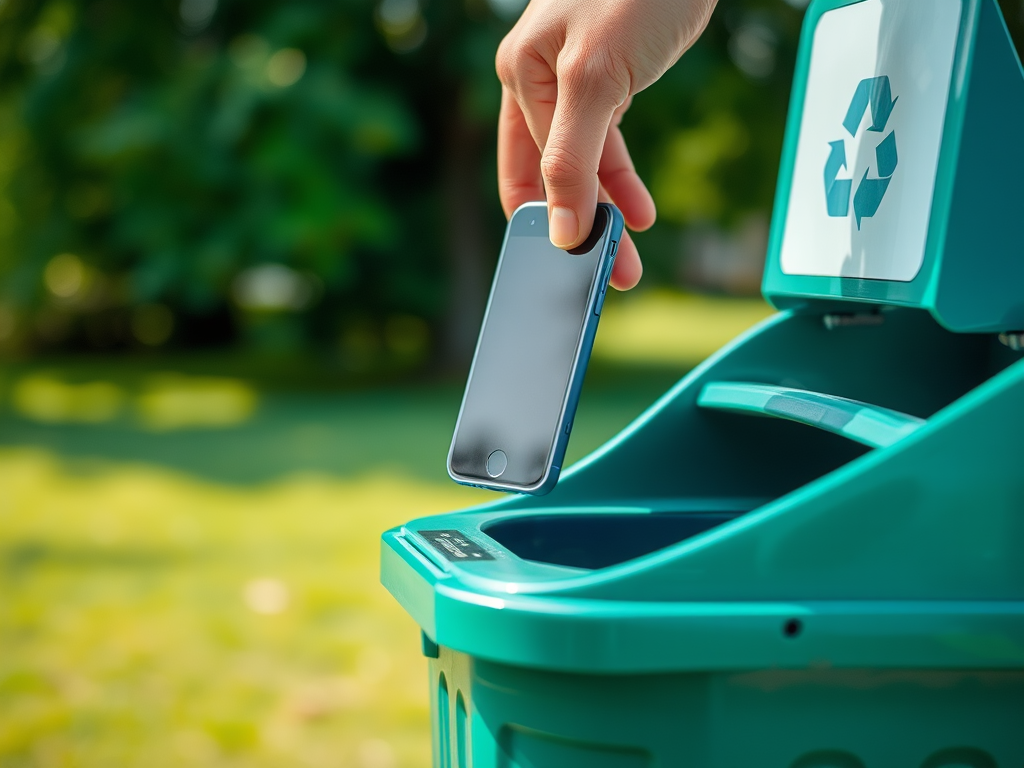In our fast-paced digital age, smartphones have become essential companions, providing us with connectivity, entertainment, and productivity tools. However, technology advancements come with an expiration date, and knowing when to part with your trusty old phone can be a daunting task. Many users grapple with whether they should hold onto their devices a little longer, but ignoring signs that signal it’s time for an upgrade can lead to various complications. Hence, addressing this question is necessary—not just to avoid the frustration of an outdated device, but also for financial, ecological, and personal productivity reasons. This article delves into the key indicators of when it’s time to let go of your old phone and embrace something newer, more efficient, and capable of meeting today’s demands.
Understanding the Lifespan of Smartphones

Smartphones typically come with a defined lifespan, which varies depending on the model and how it is used. Most devices are designed to function optimally for about two to three years, at which point performance might start to decline. During this time, smartphones experience wear and tear, with physical components and software starting to lag. It’s essential to keep your device’s lifespan in mind, as this knowledge can equip you to make better decisions regarding upgrades. Regular updates and maintenance can extend a phone’s life, but eventually, usage demands may necessitate a change. Aligning expectations with technological advancements is pivotal in determining when it’s time to let go.
Signs It’s Time to Upgrade Your Phone

Identifying clear indicators that it’s time to upgrade your device can prevent unnecessary frustration. Some common signs include:
- Frequent performance issues, such as lagging or crashing.
- Inability to update your operating system or applications.
- Noticeable battery degradation, requiring multiple charges throughout the day.
Frequent Performance Issues
If your phone lags, freezes, or crashes regularly, it may be time for an upgrade. Performance issues not only hinder daily tasks but can also decrease productivity significantly. Imagine needing your phone for crucial communications or capturing moments that matter, only to find it unresponsive or slow. Such experiences can create frustration, pulling your focus away from what’s important. Upgrading to a newer model can reinstate efficiency and reliability in your daily routine. Ignoring these performance degradations can lead to a cyclical pattern of dissatisfaction with your device.
Outdated Software and Unsupported Apps
As apps and operating systems continually evolve, older phones often find themselves unable to keep up. If your device can no longer support the latest updates or apps, it might be a sign that an upgrade is imminent. Software updates typically address security vulnerabilities, introduce new features, and enhance overall functionality. Without these updates, your smartphone could become susceptible to security threats. Additionally, being unable to download and use popular apps limits your phone’s capabilities and can detract from your overall user experience. Ultimately, the inability to stay current is a strong factor in deciding whether to upgrade.
| Issue | Upgrade Necessary? |
|---|---|
| Performance lagging | Yes |
| Inability to update software | Yes |
| Battery drains quickly | Yes |
| Physical damage (cracked screen, etc.) | Consider repair |
Consider Your Needs: Are You Still Satisfied?
Evaluating your needs is equally crucial in determining if your old phone still serves you well. As we grow, our requirements often change, and what worked two years ago might not work today. Does your old device support the functions essential for your daily life? For instance, if you have transitioned to a more demanding job that requires robust multi-tasking capabilities, an outdated phone could hinder your productivity. Reflecting on your lifestyle can also illuminate how much you rely on your phone for activities such as streaming entertainment or managing daily tasks. If you frequently find yourself frustrated by your phone’s performance, it may be time to upgrade.
Financial Considerations: Is It Worth the Cost?
Another significant aspect to consider is the potential financial impact of holding onto an old phone. With technology moving so rapidly, older devices often require more frequent repairs or may no longer support essential functions, creating unexpected expenses over time. On the other hand, investing in a new phone may seem like a hefty financial commitment up front. However, there are cost-effective options available, including refurbished models or payment plans. Weighing these financial considerations against the recurrent costs of keeping an old device can reveal surprising insights about what choice would actually be more budget-friendly in the long run. Making an informed and calculated decision can ensure you maximize your investment.
Environmental Impact and Sustainability
In such an environmentally conscious world, it’s important to consider the ecological implications of old phones. E-waste is one of the fastest-growing municipal waste streams, with millions of discarded devices ending up in landfills each year. Old phones often contain harmful materials that can leach into the environment, causing significant harm, including water and soil contamination. However, there are options available for proper disposal, such as recycling programs that ensure materials are reused. By responsibly recycling your old phone, you can help mitigate the environmental issues caused by e-waste while supporting a sustainable future. Awareness around the sustainability aspects surrounding electronic devices influences the decision to let go of an old phone.
Conclusion
Deciding when to let go of your old phone can be challenging. By evaluating performance issues, your personal needs, financial considerations, and the environmental impact, you can make an informed choice. Just as technology evolves, so do our needs as users, and aligning these two elements can enhance your daily life significantly. Upgrading your smartphone is not solely about having the latest features; it is about ensuring that you remain connected, productive, and responsible in an ever-changing world. Thus, pay attention to the signs and make the proactive decision that serves you best.
Frequently Asked Questions
- How often should I upgrade my smartphone? It is generally recommended to upgrade every 2 to 3 years, depending on performance and software support.
- What should I do with my old phone? You can recycle it, donate it, or sell it to minimize waste.
- Can I improve the performance of my old phone instead of replacing it? Yes, some performance issues can be resolved through software updates, storage management, or battery replacements.
- Is it worth repairing an old phone? This depends on the age of the phone and the cost of repairs compared to a new device.
- What are the environmental benefits of recycling old phones? Recycling helps reduce e-waste, conserves resources by repurposing materials, and prevents harmful chemicals from entering landfills.



